How can you sell at the highest possible price while still getting consistent sales? Today on The Full-Time FBA Show, we are unpacking four of the most important manual repricing strategies and comparing them to automatic repricing tools to help you make the most profit on your Amazon sales.
We also talk about how repricing doesn’t necessarily have to be downwards — and when to reprice upwards. We discuss the pros and cons of using Amazon’s free Automate Pricing tool and explore the reasons BQool is a better option. In this episode we also teach you why an automatic repricing tool is the best repricing method for long-term success.
Listen on the podcast player below.
Like what you hear? Tell a friend… and be sure to leave us a rating and a review. Here’s how.
Key points from Episode 136:
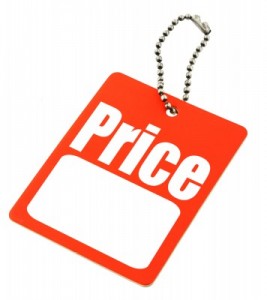 The manual repricing strategy to sell out older inventory, avoid big storage fees, and improve your IPI.
The manual repricing strategy to sell out older inventory, avoid big storage fees, and improve your IPI.- The manual repricing strategy to move the most inventory.
- The manual repricing strategy to get a big boost in your sales.
- The manual repricing strategy to make sure your newest inventory is competitively priced.
- Discussing repricing upwards (instead of always lowering prices) and when to do it.
- The different ways to reprice automatically on Amazon.
- Delving into the pros and cons of Amazon’s Automate Pricing tool.
- Our favorite solution: the paid automatic repricing tool BQool.
- Comparing manual and automatic repricing.
- Why an automatic repricing tool is the most effective repricing method.
- And more!
Right-click here and save as to download this episode to your computer.
![]()
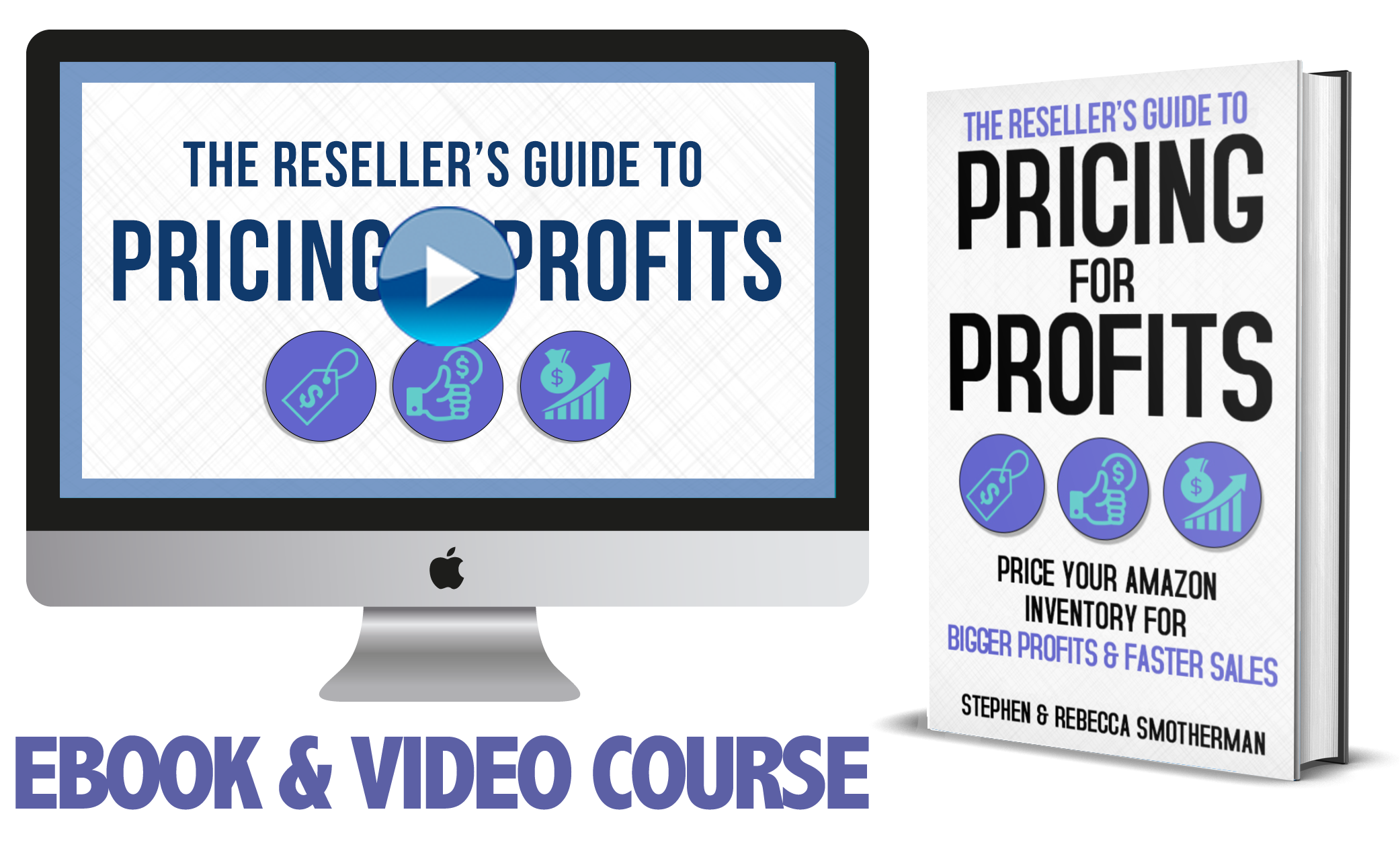 The Reseller’s Guide to
The Reseller’s Guide to
Pricing for Profits
Do you have a strategic pricing strategy for the items you’re selling on Amazon? Your pricing game plan can determine whether your Amazon FBA business succeeds or fails.
Amazon (as a seller) has a pricing strategy… and successful third-party sellers have a pricing strategy. It’s about time you had a tactical and calculated pricing strategy that will help take your Amazon business to the next level.
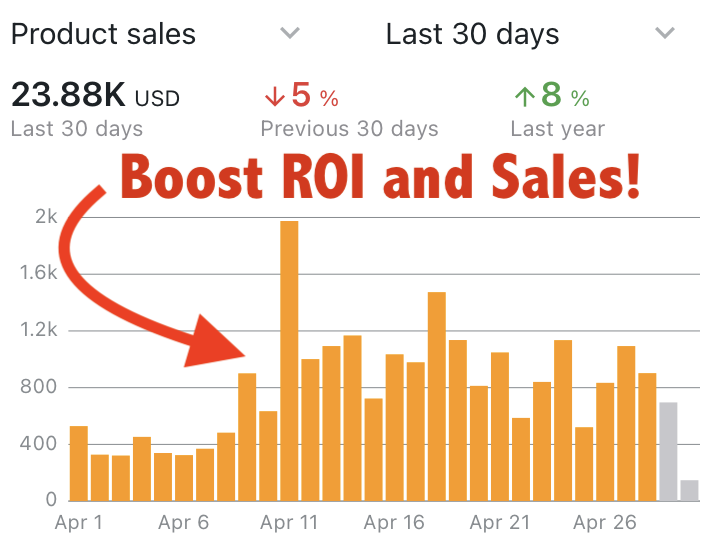 In The Reseller’s Guide to Pricing for Profits, we’ll help you craft and execute the perfect pricing strategy that will help you increase your profits while still consistently selling your inventory. With this course you’ll be able squeeze more ROI out of every single items in your inventory. With increased profits you’ll be able to grow your Amazon business faster and set yourself up for long-term success.
In The Reseller’s Guide to Pricing for Profits, we’ll help you craft and execute the perfect pricing strategy that will help you increase your profits while still consistently selling your inventory. With this course you’ll be able squeeze more ROI out of every single items in your inventory. With increased profits you’ll be able to grow your Amazon business faster and set yourself up for long-term success.
The course is a combination video course (3+ hours of training) and a 70+ page ebook. The videos and book both share the exact same content (so you can pick the format you most like to learn from). The course also comes with multiple bonuses at no additional charge!
As a special “podcast perk” you can use the coupon code PROFIT at checkout to save $10 off the cost of enrolling in The Reseller’s Guide to Pricing for Profits.
Back to the main page for The Full-Time FBA Show
More Episodes from the Full-Time FBA Show podcast:
Don’t miss an upcoming episode! Subscribe, download episodes, and review the Full-Time FBA Show:
-
-
- Subscribe on iTunes
- Follow on Spotify
- Follow on Amazon Music (or just ask Alexa to “play The Full-Time FBA Show podcast”)
- Follow on iHeartRadio
- Subscribe on Podbean
- Subscribe on Podbay
- Subscribe on Podchaser
-
![]()
Episode 136 Transcript:
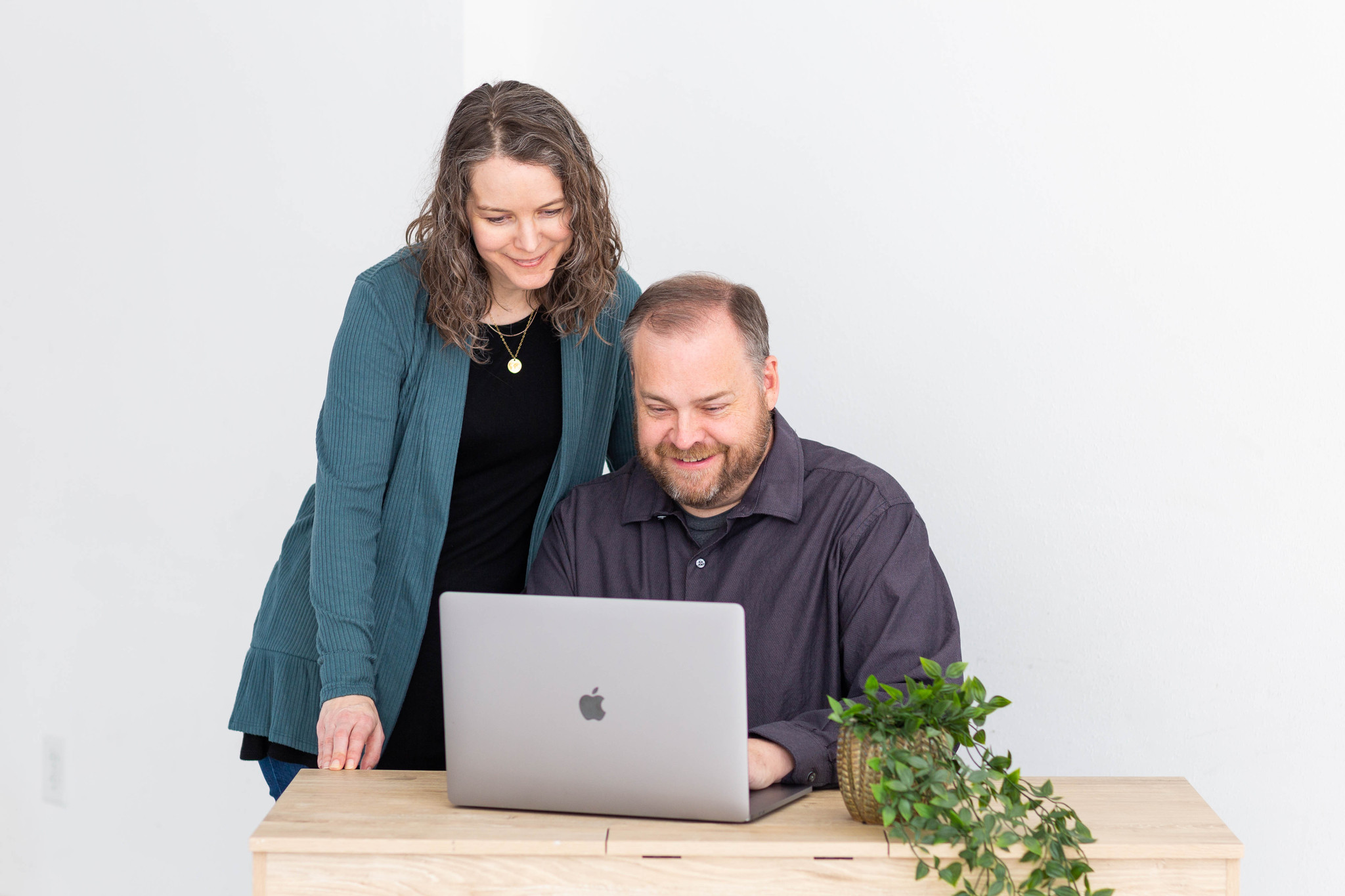
[INTRODUCTION]
[0:00:01.8] ANNOUNCER: Welcome to The Full-Time FBA Show. In each episode, it’s our goal to help you turn part-time hours into a full-time income, selling almost anything on Amazon. Now, your hosts of the show, Stephen and Rebecca Smotherman.
[0:00:21.6] REBECCA: Hello there and welcome to this episode of The Full-Time FBA Show. We are on episode number 136 and today, we are talking about our most profitable pricing and repricing strategies in our Amazon FBA business. Here today with me to talk about this topic as always is my co-host, Stephen Smotherman. What’s going on, Stephen?
[0:00:42.9] STEPHEN: I love talking about pricing and repricing. In fact, I will go so far as to say that this is going to be a priceless episode that –
[0:00:50.0] REBECCA: Oh dear.
[0:00:50.9] STEPHEN: Okay.
[0:00:51.3] REBECCA: We did not arrange that ahead of time, he busts out these dad jokes type puns and play on words, things like that, you all, without me knowing it so my groan is genuine.
[0:01:01.9] STEPHEN: Yeah, I don’t have much of a filter when it comes to dad jokes, they just kind of come out and if they land, great, if they don’t, we edit it out. I guess we’ll keep this one in, maybe? I don’t know.
[0:01:13.3] REBECCA: Sure.
[0:01:13.5] STEPHEN: So sure. Anyway, let’s talk about pricing on this episode of The Full-Time FBA Show.
[DISCUSSION]
[0:01:21.3] STEPHEN: So, as we all know, pricing is an important part of an Amazon business. I mean, we have to pick a price to sell our items for. Do we just pick a price and just kind of leave it or do we kind of go back and change the price? What are some good pricing strategies? Well, we’ll get into that on this episode. We’re going to talk about manual repricing, automatic pricing, repricing, overall, we want to try to sell at the highest possible price while still getting consistent sales.
That is the kind of a tricky balance because obviously, we can try to charge $400 for every item but it’s not going to sell. So what’s the right price to get quick sales? We’re going to break that down. So first, we’ll jump into manual repricing, that’s when you go to seller central, change the price yourself. For most people who are new to Amazon, maybe they’ve got 50 skews or less, that might be good for you.
A manual repricing strategy for people who have more time than money, a manual repricing strategy can be good where you kind of go into your inventory every once in a while, and kind of tweak your prices. So let’s get into the top manual repricing strategies, we’ve got four of them for you in this episode and then we’ll talk about automatic repricing. Rebecca, why don’t you kick us off, what’s the first manual repricing strategies that we like to do?
[0:02:35.5] REBECCA: Yeah and manual repricing is something we did for years with our inventory. Way past the time we should have I would say. But we were very, very strategic about how we did our manual repricing for years and so this is how we’ve come up with these different strategies.
The first one is that we would reprice our oldest inventory. There’s several reasons for this actually, that you would want to look at your oldest inventory and reprice it. You want to make sure that if you have any stale inventory that hasn’t sold in a while, that you’re able to get it moving, that it’s not just sitting there in your inventory on your virtual shelves in seller central on the actual shelves at the FBA warehouse getting dusty.
You want to get that inventory moving so that you get your money back and you are able to avoid storage fees. Those storage fees can add up over time, especially if you’re getting into the long-term storage fees. So hopefully you’re not ever incurring any of those 12 month long-term storage fees but if you are, repricing your inventory to sell is the best way to avoid that and get your money for that sale.
It also will help to improve your IPI, your inventory performance index and that impacts the amount of storage space that you’re able to have in the warehouse if your IPI is too low, then you could face storage limitations and the best way to avoid having that IPI go too low is to sell your inventory in a timely manner to get it moving, so that your excess inventory percentage is lower and your turn rate is higher and you know, if you’ve got old inventory that’s just sitting there, repricing it so that it sells, should help you to improve that IPI.
[0:04:19.4] STEPHEN: Yeah, so, you can go into your seller central, click on your manage inventory and you actually sort it from oldest to newest and so you can reprice your old inventory pretty easily that way.
A second strategy that we like to do when we’re manually repricing is to reprice our highest quantity inventory. Maybe there’s items you went deep on and it’s not selling as fast as you think. Sometimes it’s hard to understand if an item is a good seller or not and so sometimes if you go too deep, you might end up with a lot of inventory on the shelf that’s not selling.
So again, you can sort your inventory and seller central from the most quantity item and then decide for yourself to reprice it to try to get it to sell and so you know, all the benefits of – that Rebecca talked about a second ago, about repricing your oldest inventory are there along with just be able to reduce excess inventory; excess inventory are items we went too deep on and it wasn’t selling fast enough so we’re able to get rid of items that Amazon thinks we have too much in stock and also, frees up money so that you can reinvest it into other inventory that’s going to sell faster.
[0:05:24.3] REBECCA: Along that same line our third tip for getting some sales from repricing your inventory is to reprice your highest cost inventory or your highest priced inventory, the inventory that it has the highest sales price for you.
[0:05:38.5] STEPHEN: Yeah.
[0:05:38.9] REBECCA: Again, you would go into seller central, go to your inventory view and then just sort by the column of price. And the reason why you would be doing this is because you would get just a really big bang for your buck of the amount of time that it takes to reprice your inventory, you’re going to get the most money from those sales if you are sorting by the highest priced inventory.
This is one of my favorite ways to just increase our sales and our next disbursement is by going in and looking at the items that we have priced the highest and seeing like, “Okay, what do we need to do to get some of those items to move?” Sometimes it’s just going in and repricing by a few cents or a few dollars and you can get that next sale and that will really help your sales in your next disbursement.
You can use that money to reinvest in your business and get more inventory, get even better inventory than what you have right now. So go in to seller central inventory view, sort by highest price and see if you could just do a little bit of manual repricing and get some sales.
[0:06:38.9] STEPHEN: The fourth strategy for manual repricing that we like to do, we have more strategies but these are just the top four that we’re going to talk about today is, repricing your newest inventory. The stuff that you just purchased, the stuff that you just put in a box to send to Amazon. Now, why would you reprice your newest inventory? Because prices change all the time.
Competitors come in, other competitors sell out. You know, most of the time, when people price their inventory, it’s when they’re creating their shipment to send their items to Amazon. So, they’re pricing their inventory but then it takes a week to get there and a few days to go live on Amazon, your prices might not be competitive anymore. The lower priced competitors might have sold out and now you’re like, $10 cheaper than the next price and you just are missing out on profits if you don’t go in and look at your newest inventory.
This is especially true in Q4, when things are going so fast and selling so fast that you want to make sure you are checking in on your newest inventory so just make sure your prices are optimized.
[0:07:36.8] REBECCA: Yeah and if you’re paying attention, you would notice that Stephen said in that last one that you would want to price upwards. I think some people think when we’re talking about repricing strategies that we’re talking about lowering all of your prices but that is not necessarily what we mean.
If you’re wanting to move old inventory that might be what we mean, that lowering your price is what you need to do to get the next sale but optimizing your price could mean raising your price so that you’re getting more profits on that sale. Like in that last example about new inventory where competitors have dropped off by the time your inventory makes it to the warehouse.
[0:08:11.9] STEPHEN: Yeah, there’s tons more strategies about raising your price that are available, when you’re getting close to a season where a item is about to come into season, you might want to raise your price, you know, there’s so many more strategies that we can go into. But right now, let’s transition from manual repricing strategies into automatic repricing strategies where you’re using a tool that is connected with the Amazon that’s going in and just automatically updating your prices, depending on whatever type of rules that you set up.
There’s free ways to do this and paid ways to do this. The free way is through Amazon’s automate pricing tool. It’s got some good pros, it’s free. I mean, that’s a good thing, right? If you are a pro seller, then you get the automate pricing tool. It is also pretty simple, they only ask you four questions, I believe at the time of recording this of how you want to handle your pricing rules and who you want to compete against, so that’s pretty good but the cons are too long to list.
The biggest con is that it mostly only reprices downward and it will not reprice upward. It asks you what your maximum price is but once you hit the buy box, the repricing stops and so it does not continue to raise your price if your competitors sell out. If you already have the buy box, it’s just going to keep your price. So Amazon’s automate pricing tool is free but you get what you pay for.
That might be good for you if you’re just willing to try pricing for free when it comes to automatic repricing on Amazon but we highly recommend using an automatic repricer tool called BQool and BQool is super cool. I love BQool. It is spelled B-Q-O-O-L and it helps you have customizable repricing rules, where you can tell BQool exactly how you want those repricing rules to be set up.
I mean, do you want to ignore brand new sellers who might just be pricing really low to get some quick sales? Do you want to ignore your competitors who have under a 70% feedback score because you don’t really feel like other customers are going to buy from people with that low of a feedback score? There are so many different ways that you can set up your repricing rules that BQool allows you to do automatically.
There is so many options for you that I’m reminded back to like when Sonic had a commercial about their drinks and they have all these different types of flavors and add-ons and stuff that you can mix in and they advertised that they have over a 168,000 different type of drink combinations for you to choose. You could drink something there every meal and it would take forever to actually go through all of those.
BQool is very similar, the different types of rules that you can choose and how you want to customize it are that specific and so it’s really awesome, you can have it set up exactly how you want, even share with you a little bit how you can get my own repricing rules so you don’t even have to decide for yourself if you want to try what works for us but BQool is always repricing. Every 15 minutes, it reprices and updates the price of what it’s selling for on Amazon.
You can pay a little bit more to get updated prices every five minutes but I like the 15-minute price updates and it’s reprices up. I mean, it’s awesome. I love going to my sales page. I love going to my order’s page on Amazon and I can see the same item show up ten different times and sometimes ten different prices because the prices are just going up and down trying to find the sweet spot and be able to get the sale in.
So the price goes up, sometimes it goes down but BQool is taking care of that and it really helped double my sales with BQool. I love BQool and I highly recommend it. You can find more about it at fulltimefba.com/bqool.
[0:11:45.1] REBECCA: Well obviously, the biggest pro to using an automated repricer like BQool is that it does increase your sales but I think that there are some more benefits to it, they are a little less tangible and for me that is the mental clutter that is removed by using something like automatic repricer. It’s a way that you can automate something that sure, we could be doing that manually. We did it for years.
We spent a lot of time manually repricing for years and we liked having that control over knowing what all of our prices were and how everything is functioning, but it takes a lot of time and it also just takes a lot of mental effort to go in and do that on a regular basis not just to do the task itself but also to remember to do the task. And so we would fall behind on it sometimes or we would reprice and then other people were using an automatic repricer so their prices would adjust within five to 15 minutes and our prices were no longer competitive.
So just being able to remove that kind of mental effort from our business has been really amazing. I love sending in a shipment of inventory and seeing that if we are sending in a replen, we don’t even have to go in and set up that rule because it is still there from the last time we had it there.
[0:12:58.4] STEPHEN: Yep.
[0:12:58.8] REBECCA: Where all we had to do is go in and set up that rule before the inventory makes it to the warehouse and then when it makes it to the warehouse, it is going to be priced competitively without us having to remember, “Oh, is that shipment going to arrive today? Should I go in and check the price? No, wait, it’s not there yet. Okay, I’ll go in tomorrow and check.”
Again, that kind of mental clutter, that kind of effort that it takes to organize all of that, that has just taken completely out of the equation when you are using an automatic repricer. You do your listing, set up your repricer and then it takes care of all of it automatically for you once that shipment arrives.
[0:13:30.4] STEPHEN: Yeah, it is definitely a feeling of freedom knowing that the repricer is taking care of making sure my prices are always competitive. The prices are optimized. It’s one thing again, we can remove from our list of things that we’re wanting to do because someone else or a tool is taking care of it for us and so we talked a lot about pricing, manual repricing, automatic repricing.
Today is a really awesome day because today, we are launching a brand-new course called, The Resellers Guide to Pricing for Profits: Pricing your Amazon inventory for higher profits and faster sales. You can find out more about it at fulltimefba.com/pricing. And in this course, we help you find the sweet spot of being able to make higher profits on your sales while still getting fast sales and so you’re able to find that perfect price.
The course is over three-hours long of video training, over 60 pages of eBook. The information in the course videos and the course PDF are the same so you can decide how you want to learn and so it helps you pick the perfect price to win the buy box. We go into big time understanding seasonal pricing, how to avoid competitors that tank prices, how to respond to that, deciding if you need to lower your price or hold your price.
We talk a lot of advance pricing strategies and more and we get some bonuses too. I mean, we walk through how to fix high price alerts against your inventory in your account, how to restore the suppressed buy box in case there is no buy box on the inventory item you’re wanting to sell and multiple repricing rules. I give you my “double my sales repricing rules.” I give you my liquidation repricing rules in case you have inventory you just want to sell no matter what the cost, you just want it gone.
We’ve got more repricing rules that we are going to be creating and adding to that. So a lot of bonuses to help you, so this course is brand new. We have a launch coupon code, I’ll put that in the shownotes page at fulltimefba.com/136. And the link to the course is fulltimefba.com/pricing and we have a special coupon code for you to save some money during this launch week, so be sure you go checkout that coupon code, fulltimefba.com/136.
I’ll put it on the page for you but this is a course that will help you always make sure that your prices are competitive and you’re able to sell at the highest possible price while still getting quick, fast sales. So this has kind of been our strategies when it comes to manually repricing and automatic repricing and now, we’ve got a course to help you learn everything that we know about pricing and repricing for you Amazon FBA business.
[CLOSING CONVERSATION]
[0:16:05.4] REBECCA: Thank you so much for joining us for this episode of The Full-Time FBA Show. Just as a reminder, we have the shownotes and the transcript for this episode available for you to look at online at fulltimefba.com/136 because we’re on episode number 136. All of the links that we have mentioned in this episode will be found in the shownotes, fulltimefba.com/136.
[0:16:27.9] STEPHEN: Next week on the show, we’re going to talk about five more profit leaks Amazon sellers need to plug. About last year, we had a really popular episode about five profit leaks in your Amazon business. Well, we’ve got five more for you, you need to make sure that you know them and understand them so your profit doesn’t get lost. So we’ll talk about that next week on The Full-Time FBA Show.
[OUTRO]
[0:16:49.6] ANNOUNCER: That is all for this episode of The Full-Time FBA Show. So head over to fulltimefba.com/podcast, where you will find the shownotes and links from this episode. While you’re there, subscribe to our newsletter where you’ll get several free downloads of our popular and helpful Amazon FBA resources. Now, take action on what you have learned today so you can find success at turning part-time hours into a full-time income with Amazon FBA.
[END]
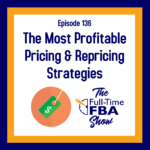

Leave a Reply